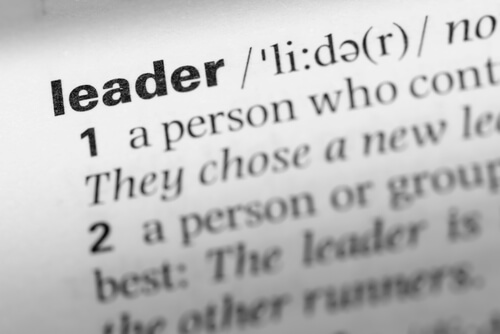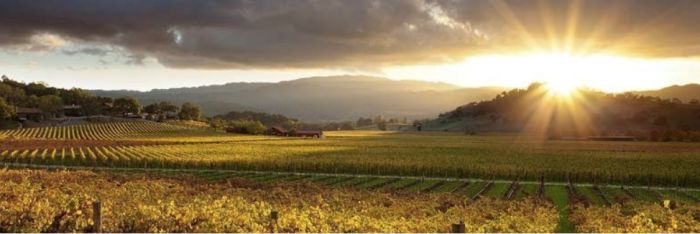 In the first of this two-part series, we used illustrations of bridges as we looked at the power of external forces and the active perspective leaders employ to swiftly assess, understand and respond to challenges facing their organizations.
In the first of this two-part series, we used illustrations of bridges as we looked at the power of external forces and the active perspective leaders employ to swiftly assess, understand and respond to challenges facing their organizations.
We’ve already seen that bridges are very much like leaders of today, in that they must be capable of supporting the interests and well-being of a great many, and be resilient to the effects of their environment. That resilience, of course, can only be preserved if we as leaders continue to invest in and re-engineer our teams to grow stronger in their skills.
Bridges are often great architectural achievements, highly impressive models of construction, and in many cases engineering marvels. They come in many forms: from suspension, tied-arch and truss styles, to beam, cantilever, arch and even moving bridges, such as draw and turn-bridges. And the ways in which a bridge is designed to support itself is also an excellent example of confidence in every part as it contributes to the strength of the whole.
Suspension-style bridges keep us above a level of hazard and risk, and are capable of greater loads over longer distances, while arch-style bridges are made with the anticipation of the need to be clear of larger objects that must pass-through. And draw-bridges and turn-bridges provide flexibility to accommodate known needs of others who are not among those ‘connected’ to one another, but need access. Perhaps what is most interesting is that in many cases, a variety of all three forms of these bridges bring together the same two or more parties across a greater area and a larger terrain.
While some bridges—like organizations—are envisioned, designed, engineered and constructed for a single purpose and are immensely successful when properly built and maintained, others find equally immediate purpose and demonstrate great value that is so significant over time that they are capable of being re-purposed to serve others in need of being brought together.
One familiar example of this would be the London Bridge that was brought and shipped to Lake Havasu City (including through the Panama Canal) in 1968 where it stands today. While the London Bridge has, over time, become a highly successful feature and attraction to a relatively isolated area, and while it has also quite likely provided some unique experiences for a great many people, perhaps a more thought-provoking example of a bridge—and its design and purpose being re-employed—may be found in the Brownsville (Indiana) Bridge.
Built in 1840 in Indianapolis, the Brownsville Bridge was dismantled in 1976 and remained in storage for the next ten years. Consider that not-so-small vision for just a moment: A 125 year-old bridge was taken apart with the expectation that it would be used again in the future. The bridge was then summoned back into service when the community of Columbus, Indiana, sought structure to bring together two very important roadways otherwise divided. It solved that challenge by bringing the Brownsville structure into service. That same bridge, at the time on its way to 150 years of age brought together two different parts of the State—but this time—in different city and in a different county. It supported those whose interests needed it to be there, and it withstood the elements of the region to which it served.
Designing, developing and joining these concepts, and the belief that together each part will be stronger when connected to the next, is directly in line to the same forms of investment of alliances and trusts we as leaders build among those whom we work with, live with and love. For the formal and informal leader alike, ‘building bridges’ is not a cliché, nor is it a clever means to refer to establishing a connection to someone. It is neither of these things if we are true to our principles. Bridges support and they connect. They are designed to succeed, not fail; they are commitments to bring us together and dedications to our ability to come together. Similarly, leaders connect, complete, and bring us together.



